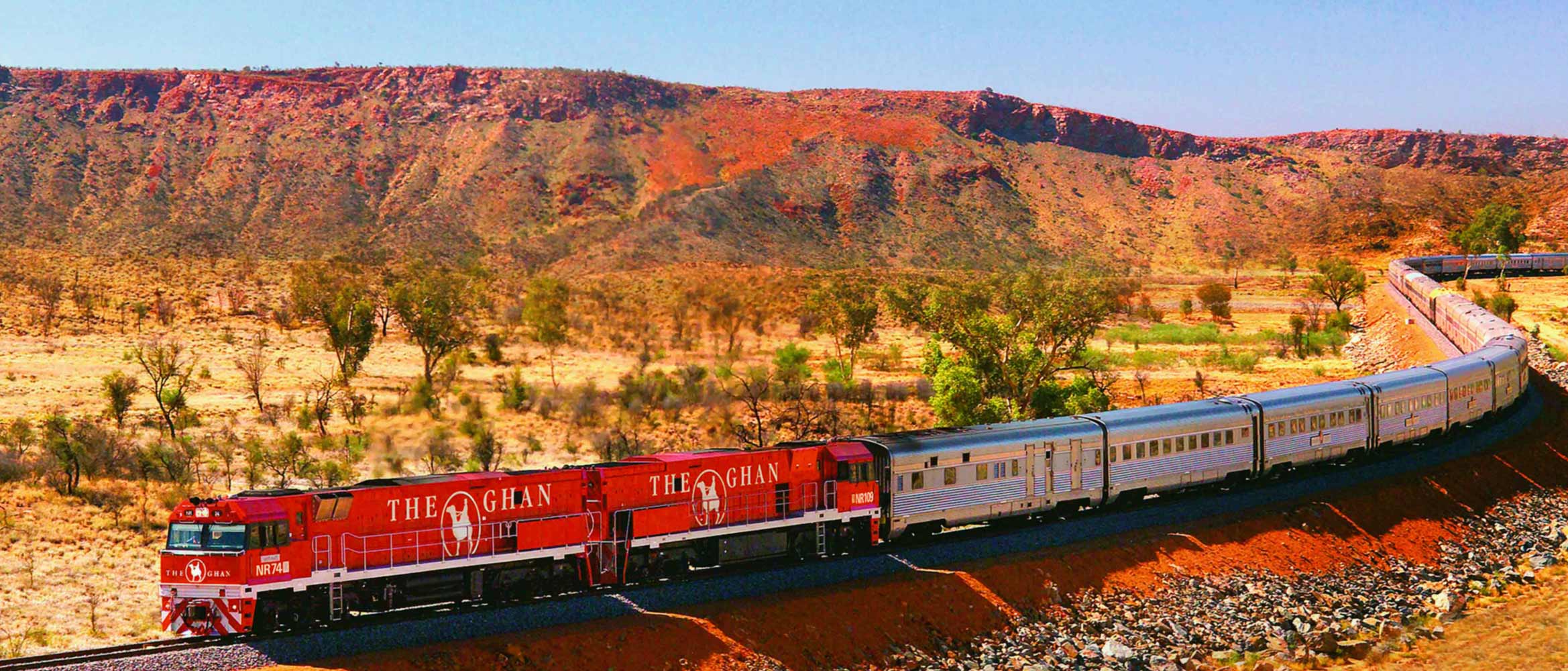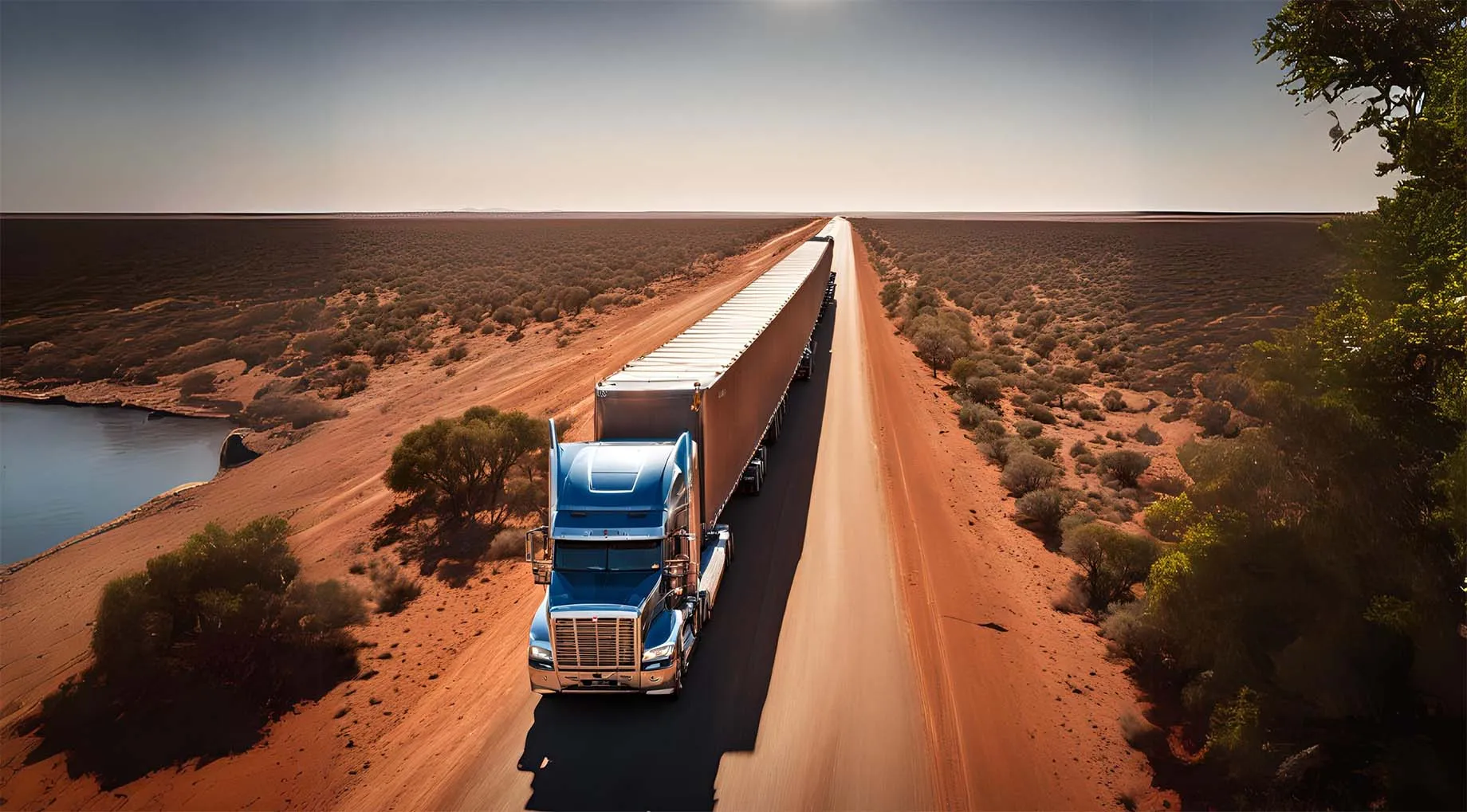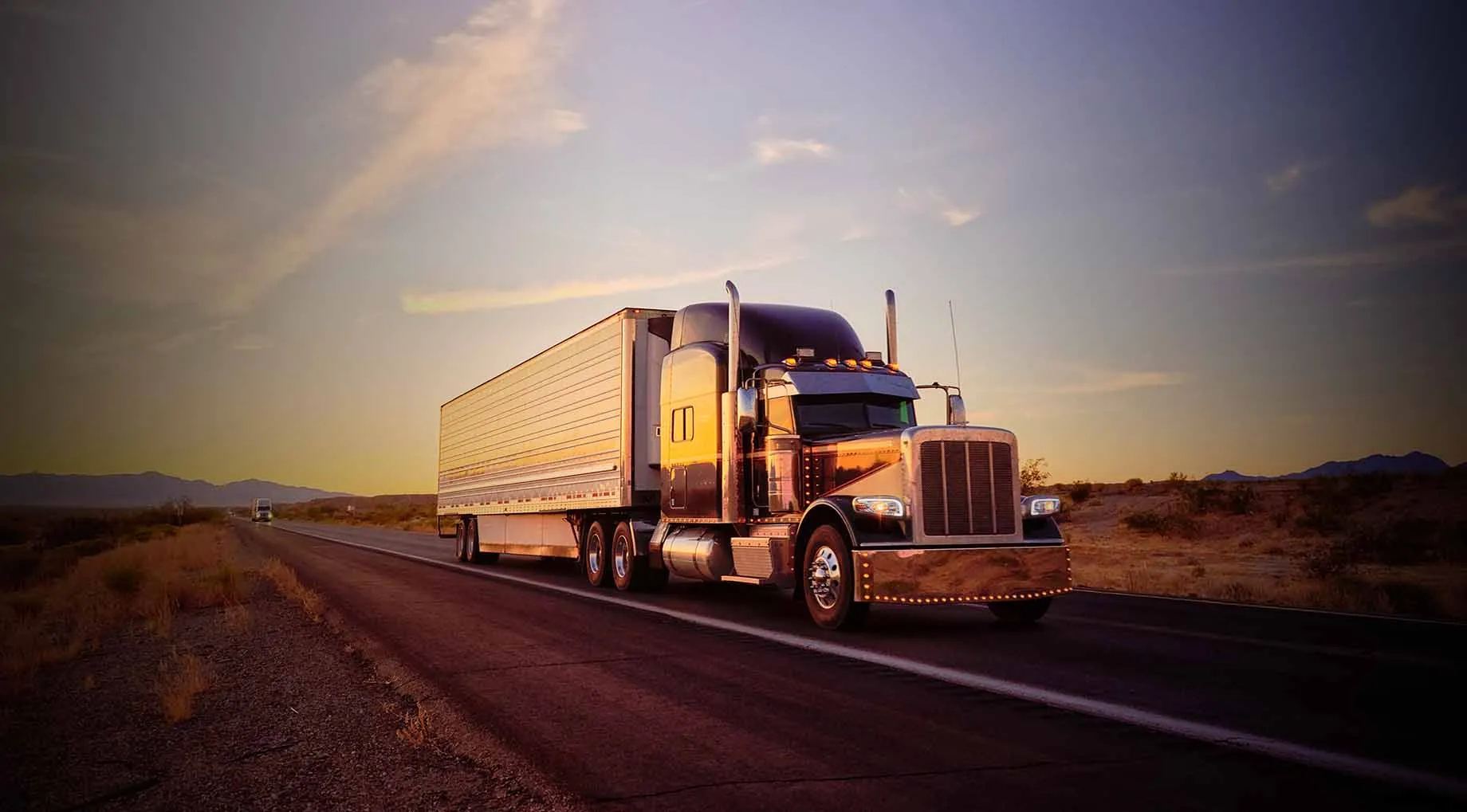At a glance:
- Unveil hazards associated with overloaded road and rail vehicles, from increased braking distances to compromised vehicle stability.
- Effective measures, like strict regulations to ensure road and rail safety and awareness, help in avoiding overloading.
- Businesses can use smart technological appliances like weighing scales to avoid overloading and prevent the loss associated with it.
When we travel by road or rail, there are a lot of different risks that come along. Whether it is a vehicle carrying people, equipment or products, the risk is universal.
One of the most common reasons for accidents in road and rail vehicles that are carrying equipment or cargo of any kind is overloading & unbalanced loads. While to some, overloading a vehicle might seem like a way to make more profit every time you are transporting goods, the risks here outweigh the benefits.
Overloading vehicles can cause accidents and derailment, leading to damaged road and rail infrastructure or even injuring a person and other property: it may seem as though it is not something for concern, but it definitely is. Not only could it cost millions to repair the infrastructure, but you would also damage the actual vehicle, which is a massive loss for the business owner, or you could risk someone else’s life.
If you overload the vehicle and don’t get into an accident or damage the vehicle, overloading can still carry a hefty fine and legal action if your vehicle carrying goods gets pulled over to have its weight limit checked. Overloading is both a safety and cost concern.
In this blog post, we will look at the various risks of overloading and how to overcome them.
Dangers of Overloaded Road and Rail Vehicles
Increased risk of accidents
Overloading your vehicles might sound like a profitable venture at first, but this is not the case. When you carry loads that outweigh the weight limit of your vehicle, it drastically increases the risk of accidents. When you overload your vehicle, the weight is not evenly distributed across the vehicle. As the weight is situated in the back of the vehicle, the front tyres touch the road under less weight compared to the rare tyres. This will result in steering difficulties.
An overloaded vehicle does not respond to steering input as quickly as it should, which may lead to an accident. Furthermore, it will take longer to build up and maintain speed and decelerate as well. The extra weight will increase the braking distance, and it will be trickier to slow down the vehicle, resulting in collisions with other vehicles or infrastructures on the road.
Overloading also exposes vehicles to an increased risk of rollover accidents. When you apply sudden brakes or over-steer an overloaded vehicle, the vehicle may roll over, further increasing the risks of accidents.
Infrastructure damage
Overloading of road and rail vehicles has serious effects on the road and rail infrastructure. An overloaded vehicle exerts more pressure on the road than normal vehicles. A frequent movement of overloaded cargo will make the asphalt tear down quickly, reducing the lifespan of roads or bridges.
In the case of rail transport, the overloading will impact the structural integrity of rail tracks. An overloaded train means more friction between the wheels and the tracks, which will impact the structural integrity of the tracks.
Furthermore, overloading is also associated with an increased risk of accidents. Thus, when accidents occur, the infrastructure in proximity and the transport infrastructure itself will be damaged.
Environmental impact
Overloading of vehicles or cargo has a severe impact on the environment. An overloaded vehicle consumes more fuel than normal, and more power is required to accelerate the vehicle. The increased fuel consumption results in higher carbon emissions. Furthermore, continuous overloading will result in wear and tear of vehicle equipment and road and rail infrastructure, which means excess use of raw materials and energy to process them. All of these will result in higher carbon emissions, thus having a negative impact on the environment.
Factors Contributing to Overloaded Vehicles
Economic Pressures on Transport Operators
Financial reasons are often the major cause of overloading vehicles. Overloading of vehicles will cut down the number of deliveries required for a job. The reduced number of trips will cut drivers’ wages and fuel consumption. This way, businesses can save money by overloading their cargo and increasing the profit margin.
Lack of Enforcement and Monitoring
When there is no proper monitoring and enforcement of laws regarding overloading, businesses will continue to overload their vehicles with an eye for a better profit. Inconsistent enforcement and monitoring practices contribute to a culture of non-compliance. Without robust oversight, overloaded vehicles can operate with impunity, endangering road and driver safety.
Inadequate Infrastructure and Weigh Stations
Insufficient infrastructure, including a scarcity of properly equipped weigh stations, makes it challenging to conduct accurate weight assessments and enforce regulations effectively. Existing facilities may be inadequate, given the growing demands of the transportation industry.
Inaccurate Weight Distribution Practices
Poor weight distribution practice by drivers and operators is another contributing factor to overloading. When the weight distribution across a vehicle is not equal, it means one part of the vehicle is overloaded while the other is not. Such inaccurate weight distribution practice will result in vehicle imbalance, compromising vehicle stability and road safety. Lack of awareness and education on proper weight distribution further exacerbates this problem.
How To Avoid Overloading
Regulation and Enforcement
Proper rules and regulations should be implemented to deter businesses from overloading their vehicles. If there are existing regulations on overloading, they should be enforced strictly, and related personnel should be made aware of them. Establishing clear guidelines on weight limits and load distribution will ensure a standardised approach across the industry.
Implementing stringent penalties for overloaded vehicles will also serve as a deterrent, promoting adherence to weight regulations. Fines, license suspensions, and vehicle impoundment can be effective measures. Enhanced enforcement measures, including increased inspections and penalties for non-compliance, can prove effective in avoiding overloading and its consequences. Regular audits and checks at weigh stations can also be effective on this front.
Education and Awareness
When you run a logistics, rail or mining company, you and the drivers are not the only people involved with loading. Various departments are engaged equally to prevent overloading, so every party involved should have some basic understanding of overloading and its consequences.
When they know the accurate weight & balance of the load and vehicle, there are fewer chances of overloading.
In several cases, overloading is the result of a lack of awareness. So, it is imperative to conduct comprehensive training programs to educate drivers and operators on proper loading practices, weight distribution, and the consequences of overloading.
Raising public awareness can also encourage businesses to avoid overloading. If a larger audience is made aware of the dangers of overloaded vehicles, it fosters a collective responsibility for road safety. Campaigns through media, community events, and digital platforms can be impactful.
Furthermore, collaborative efforts within the transportation industry can drive initiatives to promote responsible loading practices. Industry associations can play a pivotal role in implementing best practices regarding road safety and fostering a culture of compliance.
Embracing Smart Solutions like Weighing Systems
One of the best ways to avoid hazards caused by vehicle overloading is weighing them before getting them onto the road. The right weighbridge can help you to determine if your vehicle is overloaded or not.
Modern weighbridges are fast and accurate and can deliver your business’s essential weighing information before any of your vehicles hit the road. You might be wondering where you can purchase the best and most accurate weighbridges, and the answer is Trakblaze.
Trakblaze is a leading manufacturer of weighbridges for the road, rail, mining, and aviation industries. They offer both static and portable weighing systems for all areas. If you are looking for a weighbridge, get in touch with Trakblaze; with 90 years of experience, they will be able to offer you the best in the business.
In conclusion, addressing the issue of overloaded vehicles requires a multifaceted approach. By enforcing regulations, implementing stricter penalties, conducting comprehensive training programs, and promoting innovative weighing systems, we can collectively create a safer and more efficient transportation ecosystem. Proactive efforts from regulatory bodies, industry stakeholders, and the public are crucial for mitigating the detrimental impact of overloaded vehicles on our roads and infrastructure.





